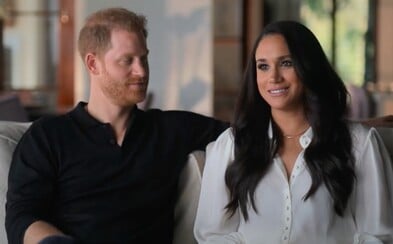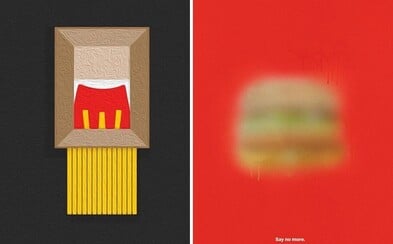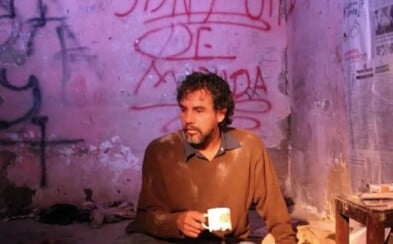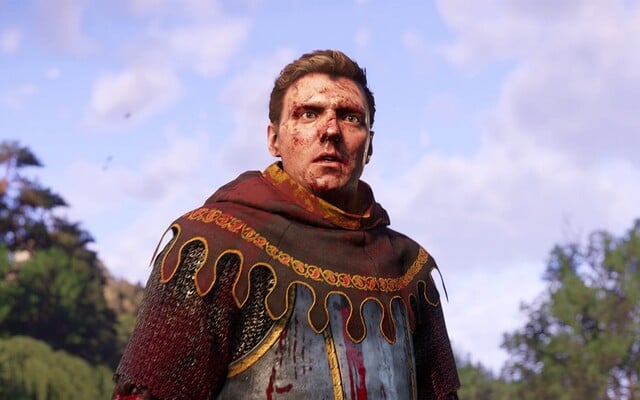 In Denmark, You Can Ski On A 450 Meter Long Roof Of A Waste Incinerator
In Denmark, You Can Ski On A 450 Meter Long Roof Of A Waste Incinerator
In Denmark, You Can Ski On A 450 Meter Long Roof Of A Waste Incinerator
In Denmark, You Can Ski On A 450 Meter Long Roof Of A Waste Incinerator
Country Without Snakes, Country Of Northern Lights, And Full Of Dark Humour. 10 Interesting Facts About Ireland
Most of what we know about foreign countries comes from geography textbooks. However, what you don't learn at school are curiosities and oddities. Read some of them about Ireland.
If problems persis, please contact administrator.
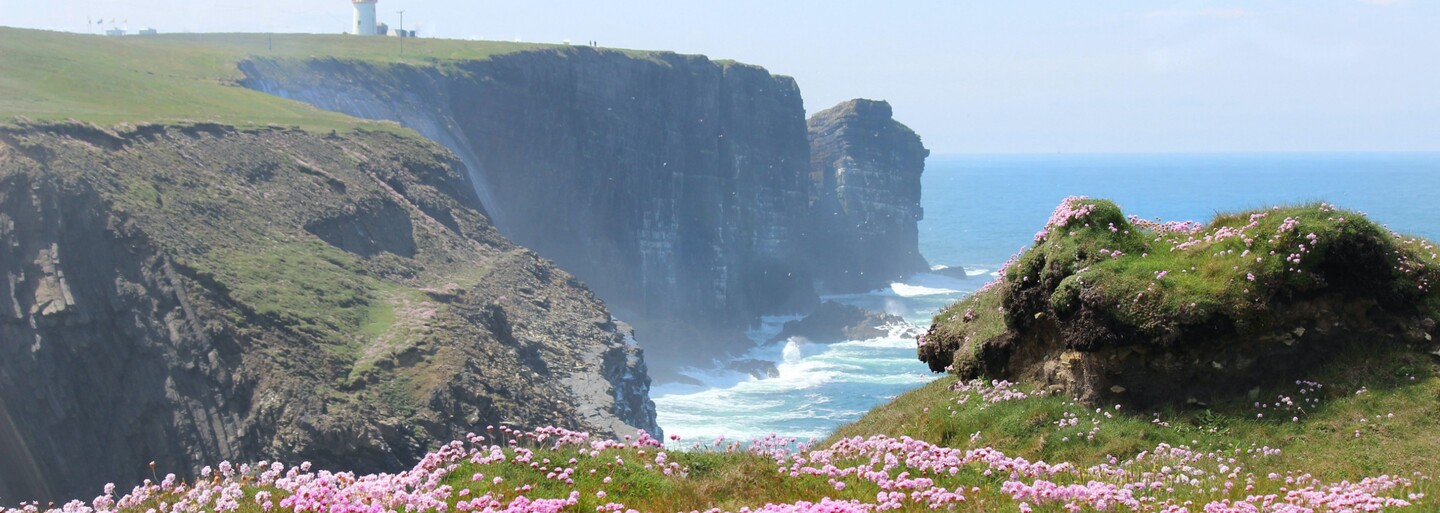
Redheads make up about nine percent of the population, the symbol of Ireland is the four-leaf clover, and the capital is Dublin.
You already know all of this about Ireland. But did you know that the probability of seeing a snake there is zero? There is a much greater chance that you will hear someone tell a dark joke somewhere in the grocery store or see the aurora borealis. What other interesting things this country hides, you will find out below.
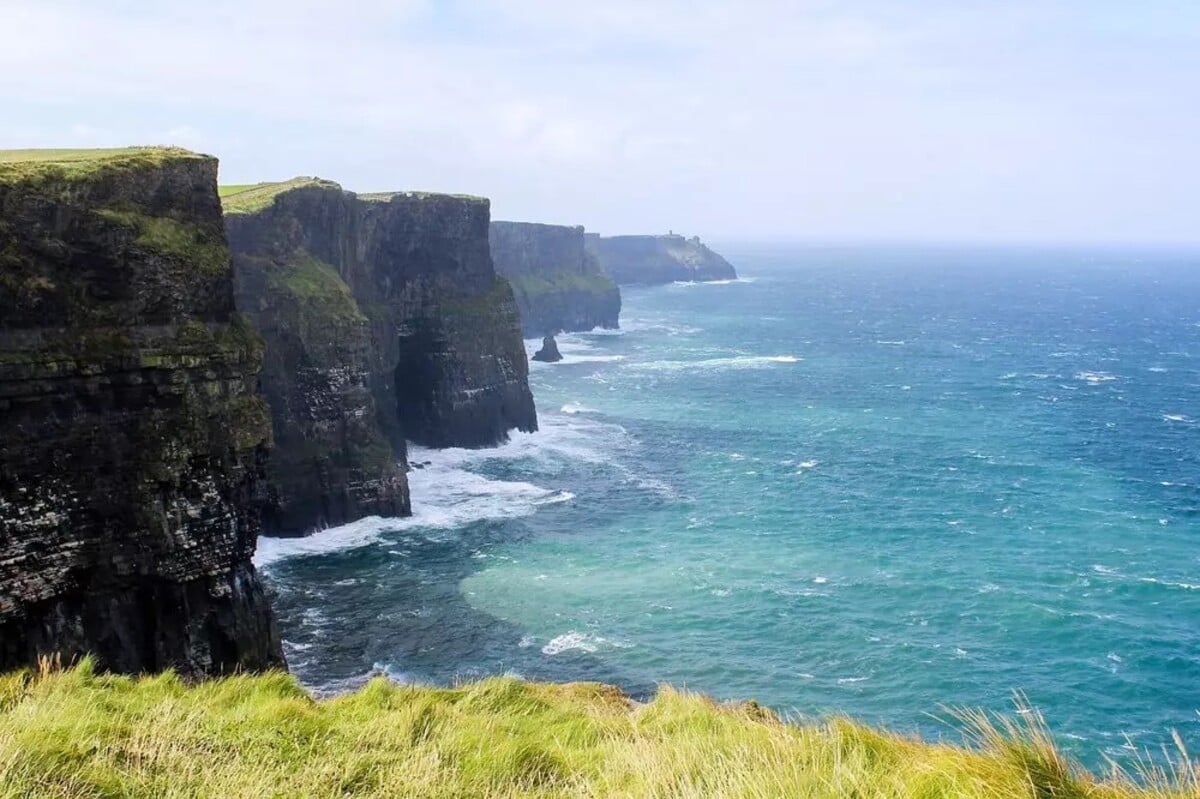
Black humor in the streets and in supermarkets
One of the most famous characteristics of the Irish is their cheerfulness. They are friendly and talkative, which sometimes seems strange to strangers. Their openness is said by some to be over the line, and in the world they are often called crazy. The country is home to comedians such as Dylan Moran, Tommy Tiernan and Aisling Bea.
These humorists also contributed to black humor ruling the country. Just walk into any pub, bar or shop and you are very likely to hear someone tell an inappropriate joke. Of course, they do everything in moderation, and despite the label of the country of dark humour, there is still the friendly Irish spirit. In short, it is a joyful place with nice people and great hospitality. And with a bit of the devil.
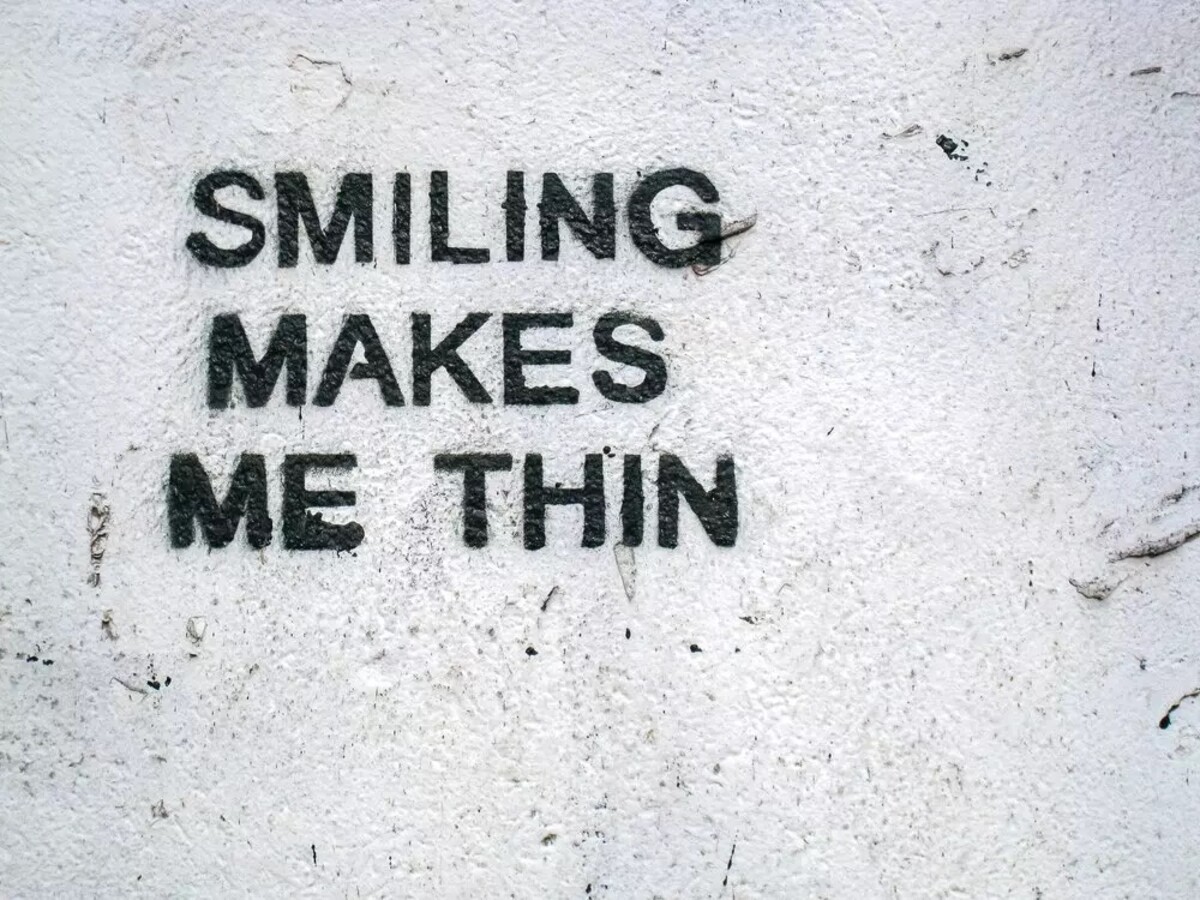
Birthplace of Halloween
Those who until now thought that Halloween was an American holiday were wrong. Halloween originated in Ireland. It started with the Celtic festival of Samhain, which dates back more than 2,000 years.
The ancient inhabitants of Ireland already celebrated the day when the dead returned to earth once a year. This tradition has been preserved and varied in different countries of the world. Somewhere it has remained in the form of All Souls' Day and the burning of candles in cemeteries, elsewhere it has the form of carved pumpkins and ghosts.
Travelers visiting Ireland in late October have the chance to experience the country's biggest festival called All Hallow's Eve. The Londonderry Banks of the Foyle Halloween Carnival hosts a spooky four-day celebration in the last week of October each year. It includes marches and, of course, people of all ages dressed as ghosts.

You won't see a snake in Ireland, because none live here
It is said that you will not find snakes on the island because they symbolise evil. Saint Patrick, an ancient Christian monk and missionary, is said to have banished them all from Ireland. This act represents Patrick's struggle to bring God's word to Ireland. But is this the real reason why there are no snakes?
You might not know it, but Ireland was once connected by land to the rest of Europe. Its entire surface was also covered with ice. At the end of the last ice age, when the ice disappeared and rising sea levels cut Ireland off from the rest of Europe, snakes disappeared from the surface.
Is Dracula from Ireland?
Irish mythology features Abhartach, a character also known as the Irish vampire. It is believed that the inspiration for the famous work about Count Dracula comes from here. Bram Stoker, whose gothic novel about a vampire was published in 1897, was Irish. Dracula fans have long sought a connection with his work.
One of them is located in St. Patrick's Church in Monaghan, Ireland. It is a memorial statue depicting the death bed of the young woman Lucy Westenra who is one of the central characters of the novel. Local historian Sinead O'Reilly thinks there could be a link between Dracula as we know it now and the Irish Gothic novel.
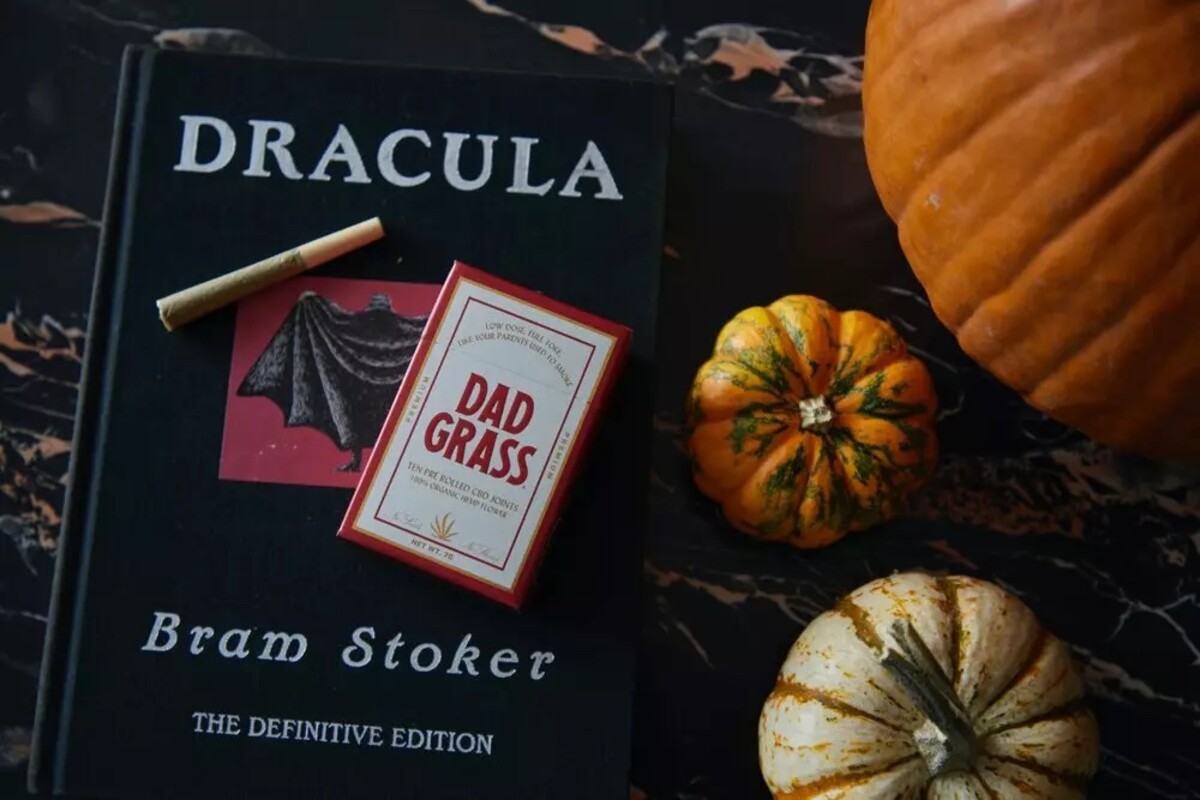
Nice to meet you, I'm goat. Queen goat
In Ireland, a festival is organized every year, during which locals catch a wild goat. The goat in question is then declared queen for three days. This famous Irish tradition is said to be the longest running festival in the country. It is always organized in August in the mountains of Kerry. The goat is placed in a cage, and for three days after its coronation, many festivities are held throughout the city. You don't have to worry, after the celebrations the organizers will safely release the goat where it belongs. To nature.
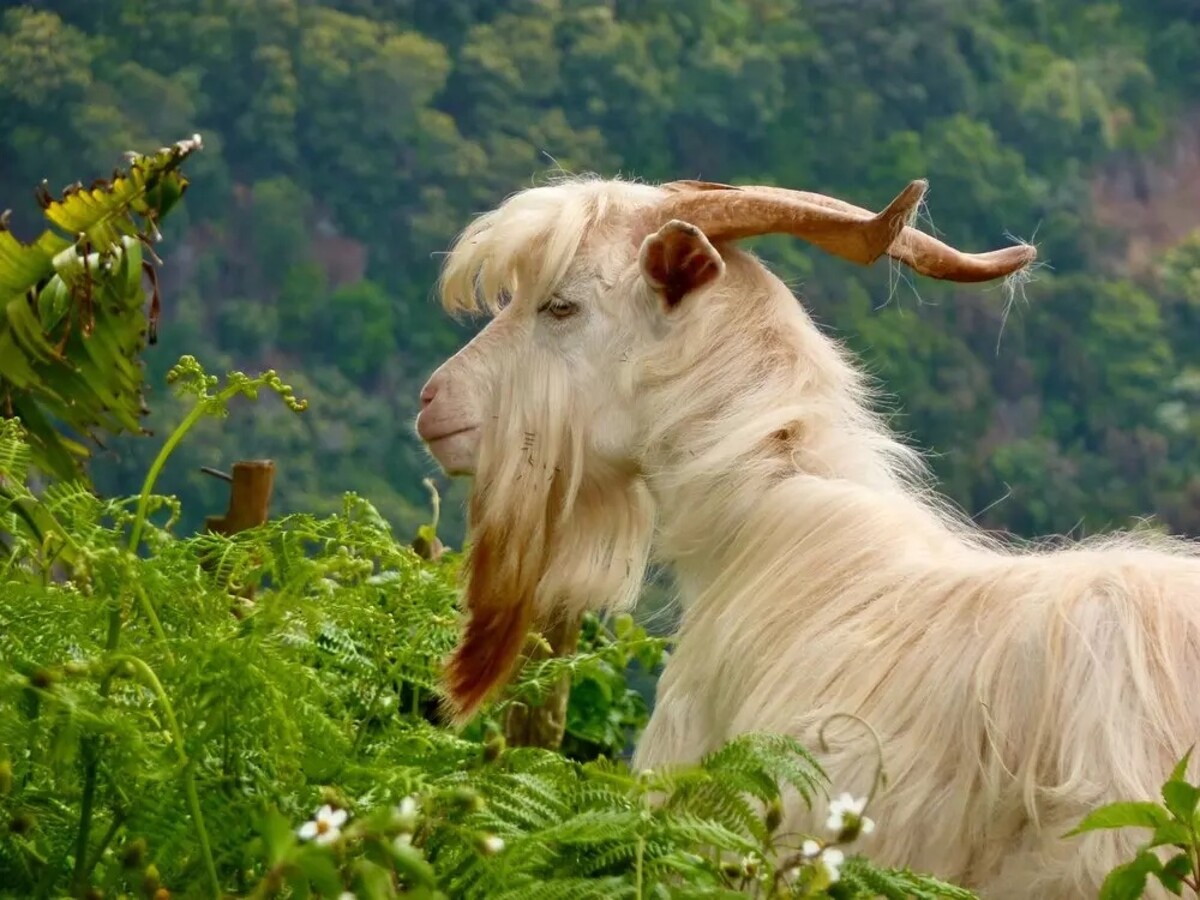
In addition to the stars, the aurora borealis
This light phenomenon in the sky is created by the charged particles of the solar wind entering the Earth's atmosphere. It is easily visible to the Nordic countries, but if you visit Ireland at the right time of year, which is around October and November, you can see it there too. (Hurry up!)
On a clear night, it is visible from dusk to dawn. If you want to have the best view of the theatre in the sky, go to the north coast, where artificial lights will not disturb your experience.
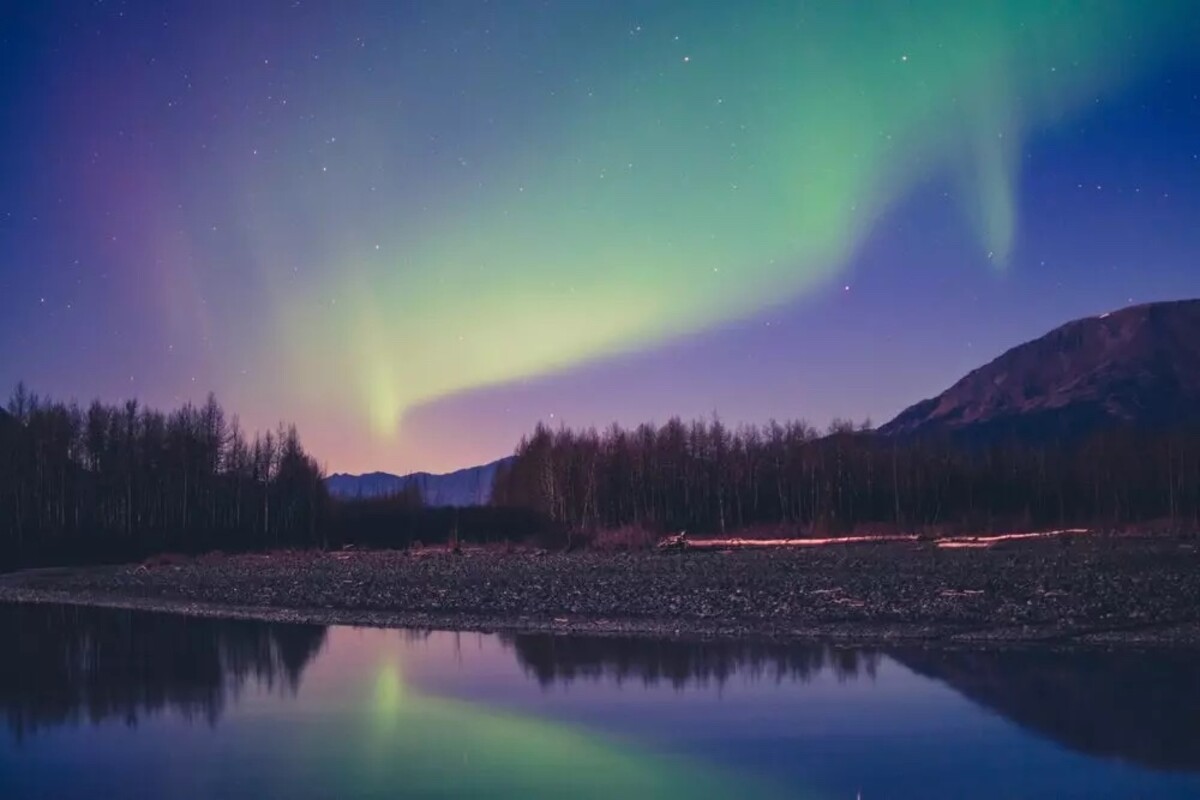
Ireland's own Olympic Games
In addition to participating in the World Olympic Games, Ireland also has its own Olympic Games. Their history dates back to the Bronze Age. The games were named after the goddess Tailtia, daughter of the King of Spain. The Tailtean Games were held from the sixth to the twelfth century, that is, even before the ancient Greek Olympic Games, always in August. It was then that the harvest festival of Lughnasa began, which included festivities and athletics.
There were tournaments in running, long jump and high jump. Other competitions included javelin throwing and sword fighting. Similar to ancient Rome, horse racing, archery and swimming were also held. The rich program also included a night dance by the fire.
People could buy from craftsmen, goldsmiths, armourers, weavers and jewelers offered their products. The most popular Irish sport was Gaelic football, closely followed by hurling. The following video shows how the women prepared for the Tailtean Games.
Unlucky bell
Students of Trinity College should not stand under its bell. This architectural gem at an Irish university is called the Campanile and is said to bring bad luck to students. A superstition, passed down for several years, says that if students pass under the bell before the exam, they will fail. That's why they prefer to bypass it by kilometers. However, this superstition is not the only one. Another says that the bell will automatically ring if a virgin stands under it.
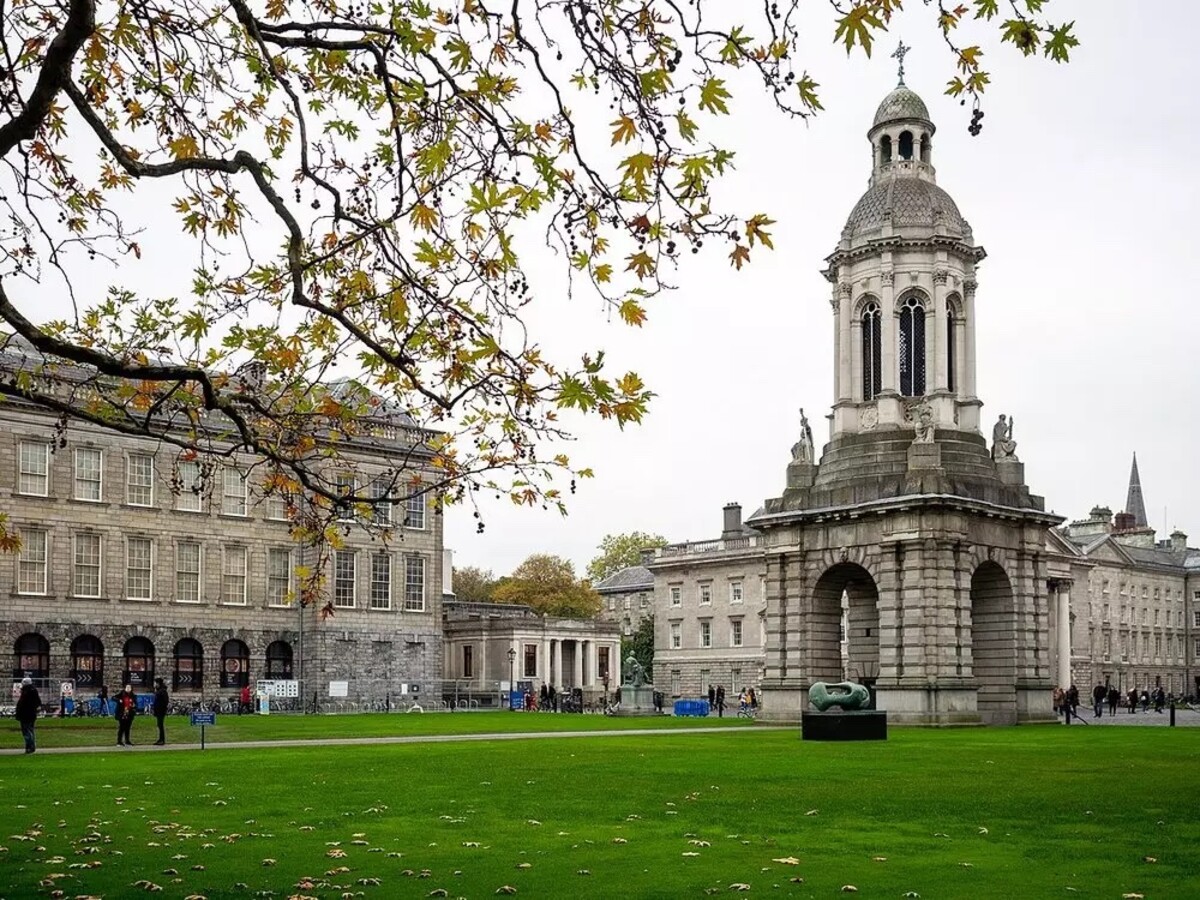
Named after a goddess
The country is named after the goddess, who was known as Éria in ancient Irish. In modern Gaelic, it is called Eire, and the same name also refers to Ireland in the mother tongue. Together with her sisters Banba and Fódla, Eriu was part of the triumvirate of goddesses. Together they cared for the welfare of the ancient island nation, and sometimes Ireland is called by their names in poems. Ireland can therefore be Eire, Banba and Fódla.
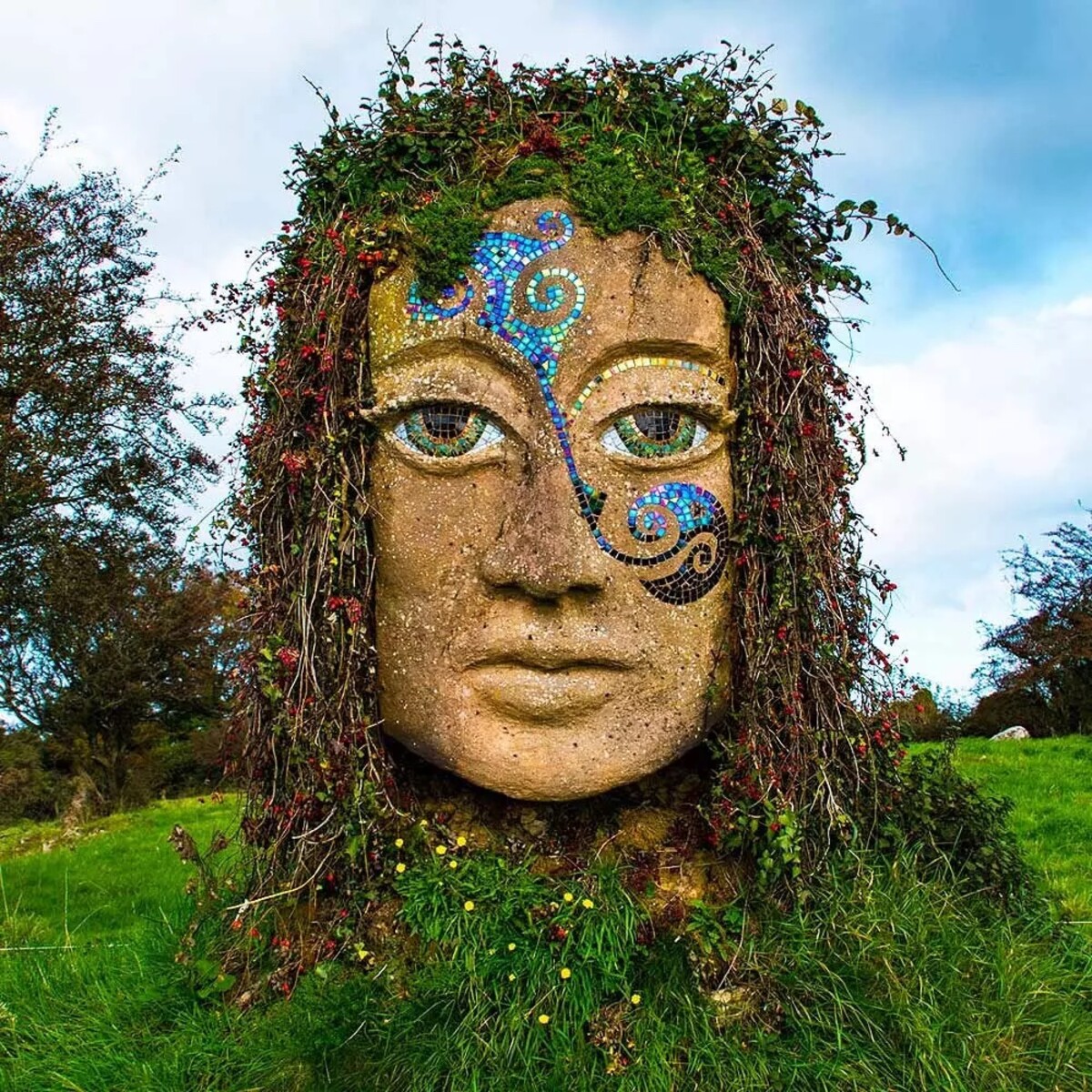
The official language is Gaelic. Or Polish?
Gaelic, originally a Celtic language, is currently the first official language in Ireland. It is taught in schools and street signs are also bilingual, in English and Gaelic (Irish). There are Gaelic areas in the country, the so-called Gaeltacht, where it is spoken by the majority of the population. They are mainly found in the coastal areas of counties Mayo and Cork.
However, in the whole of Ireland, Gaelic is spoken by only about 1.7 percent of the population on a daily basis, which is less than the number of Polish speakers in the country. Many people from abroad live in Ireland. While Gaelic is spoken by just over 82,600 people, Polish is spoken by 119,526. A significant number of people also speak French, up to 56,430.
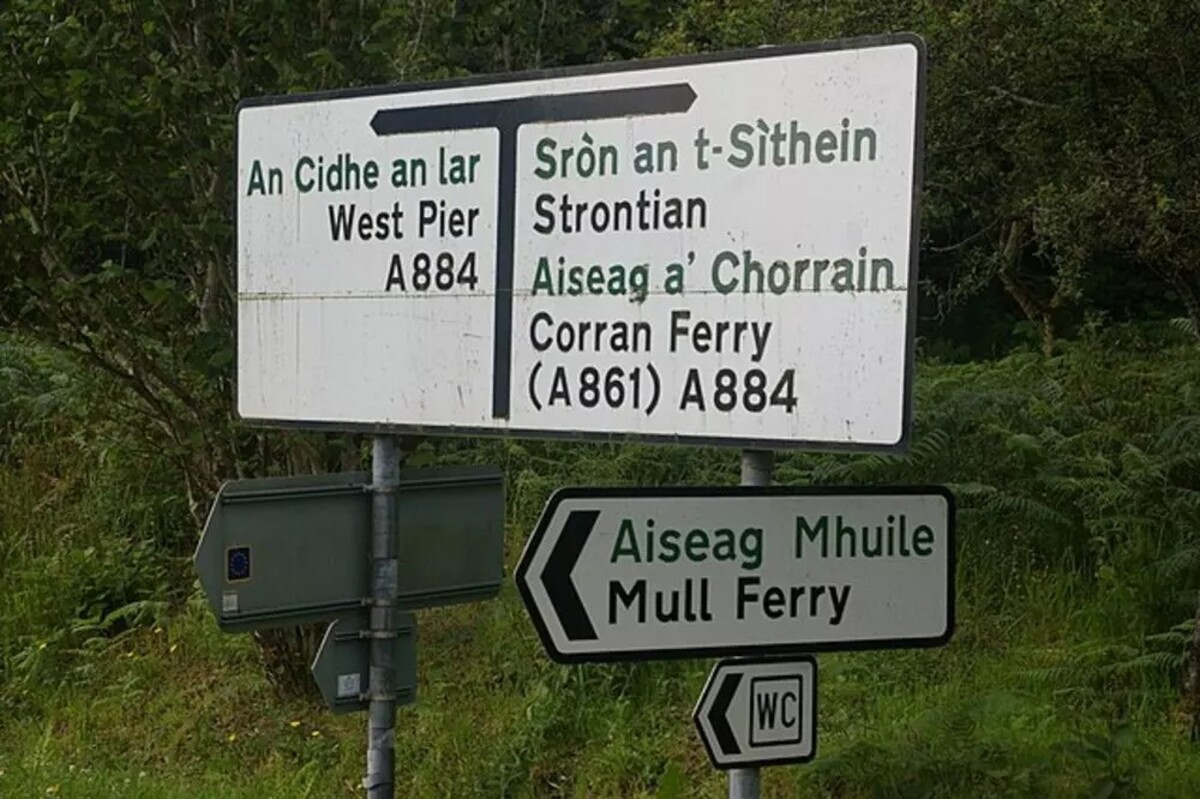
If problems persis, please contact administrator.

